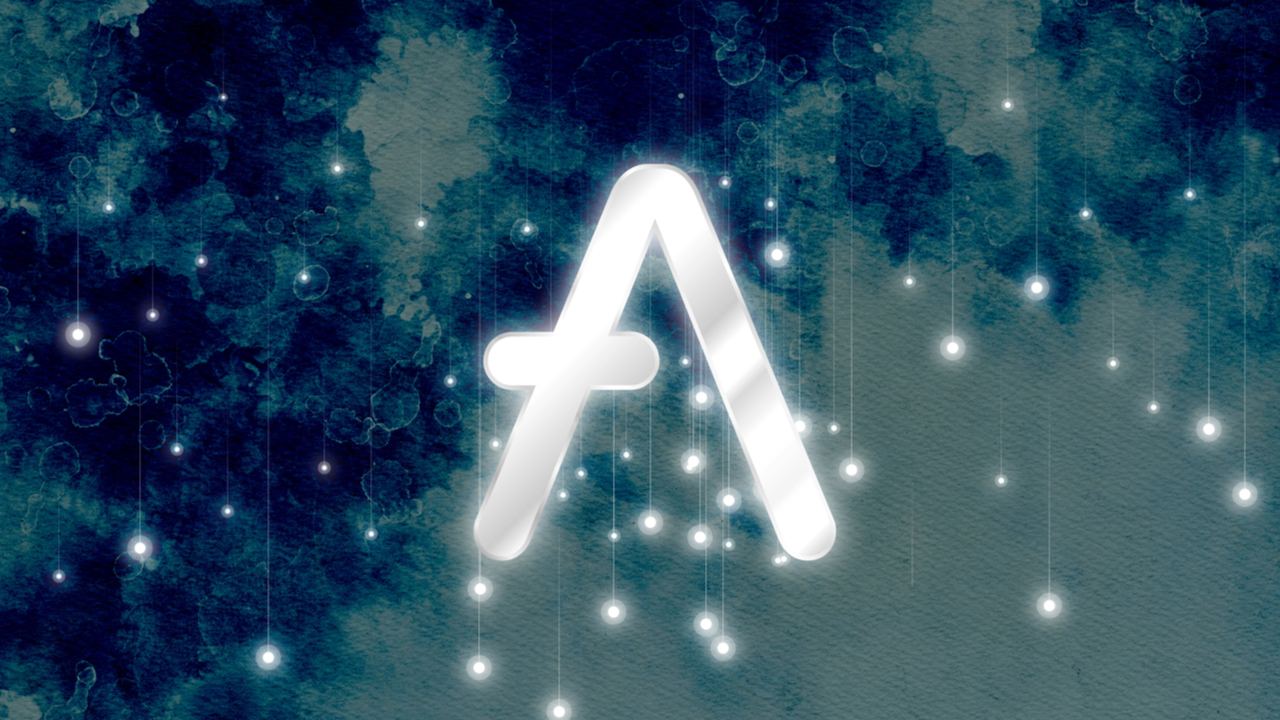
Unstoppable Domains now allows owners of .crypto, .polygon and other Web3 usernames to send messages to each other through multiple messaging apps.
Unstoppable Domains (UD) has launched an instant messaging system for owners of Web3 usernames, according to an Aug. 23 announcement from principal engineer Aaron Quirk. Owners of .crypto, .wallet, .polygon or other UD-registered usernames can now message each other across most apps that use XMTP, including the UD iOS app and website, Coinbase Wallet, and Lens protocol apps such as Lenster and Buttrfly. The announcement clarified that the Android version of UD will not provide messaging at launch but will provide this feature soon.
Unstoppable Messaging is here.
— unstoppable.x (@unstoppableweb) August 23, 2023
Built on top of @xmtp_, now you can easily send and receive DMs with your Web3 domain.
Message any wallet address or domain on XMTP-enabled platforms, including @CoinbaseWallet and @LensProtocol apps.https://t.co/oEiHMrtUiZ pic.twitter.com/DbFIjTAa7E
The new messaging integration relies on the extensible message transport protocol (XMTP), an independent protocol, to fully encrypt and send messages to recipients. This means that messages should still be available even if UD were to cease operations in the future. “Your messages will be preserved and accessible to you no matter what happens to Unstoppable,” the announcement stated.
Web3 usernames have been around since 2017. They allow crypto users to associate their crypto addresses — long strings of characters representing accounts — with more easy-to-remember names. For example, the extremely difficult-to-remember 0xd8dA6BF26964aF9D7eEd9e03E53415D37aA96045 can become simply “Vitalik.eth.”
These crypto usernames have mostly been used to receive payments in the past. But a few projects are trying to expand their utility to include other applications, including messaging. For example, Coinbase Wallet launched an instant messaging system on July 12, allowing users to message each other via their .eth or .cb.id usernames. The Coinbase Wallet feature was also integrated with social media protocol Lens, thanks to the two projects' shared use of XMTP.
Related: Web3 usernames may see greater adoption due to recent advancements
However, this shared system did not extend to usernames registered through Unstoppable Domains, such as ones ending in .crypto or .polygon. According to Quirk’s announcement, this issue has now been solved. Users of Lens apps or Coinbase Wallet can now send messages to each other using their Unstoppable Domains usernames in addition to other methods.
Quirk also stated that the company will soon release an integration with Push Protocol, allowing username owners to sign up to receive notifications from Web3 projects. The projects will be able to message users via the Unstoppable Domains website or app.
On April 26, Unstoppable Domains also partnered with Binance.US, allowing its users to register names ending in .BinanceUS. And it called a truce with rival Ethereum Name Service (ENS) on July 17, allowing ENS .eth names to be sold in the UD store for the first time.



